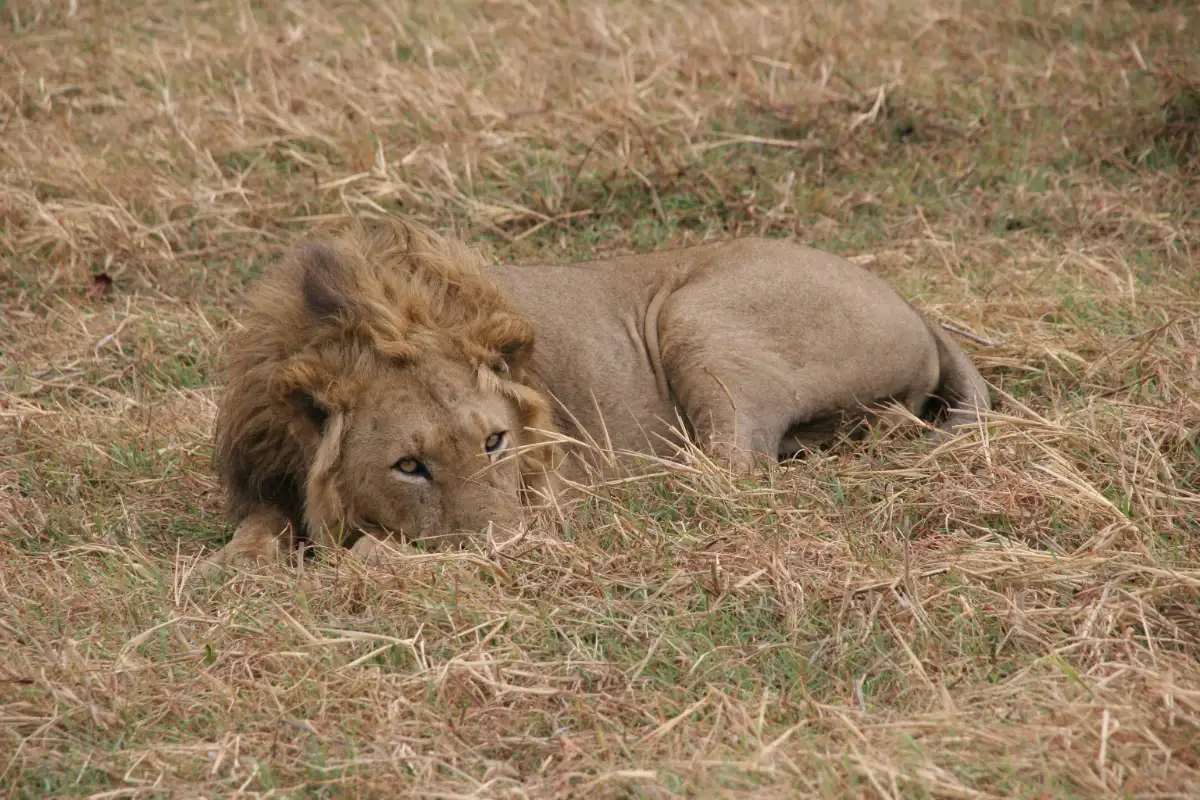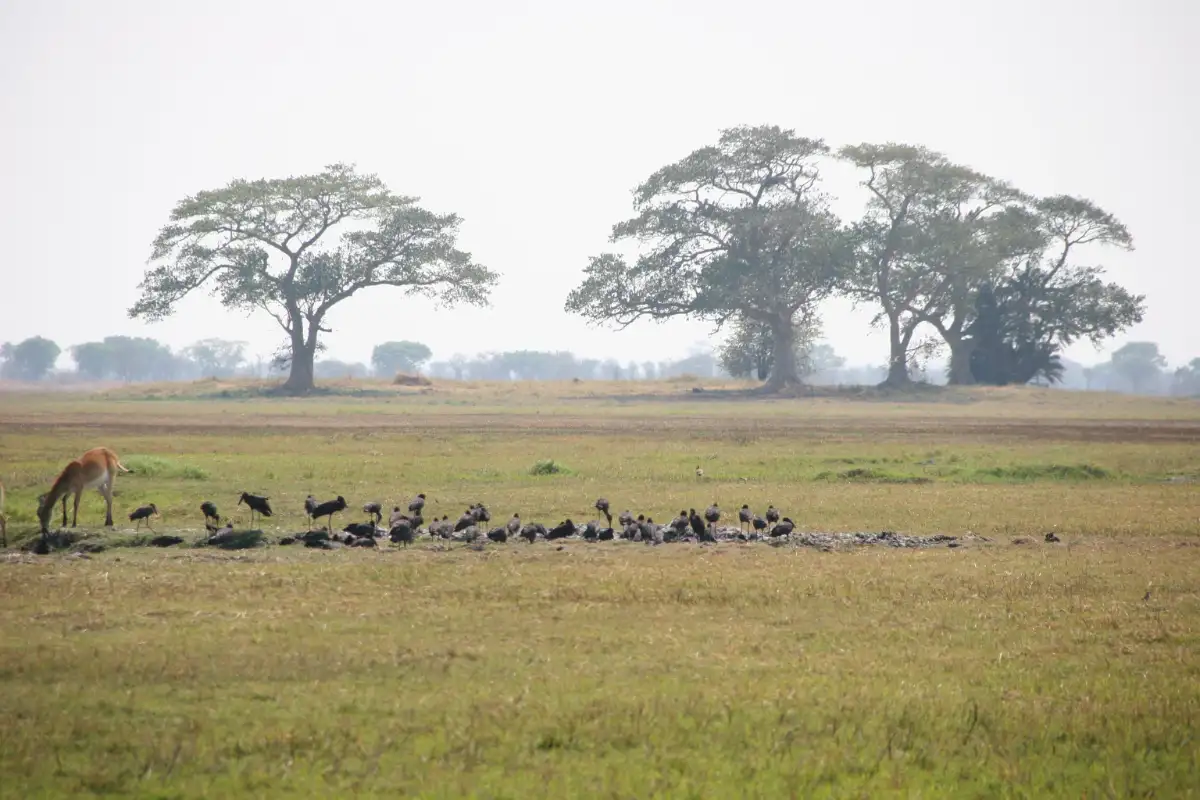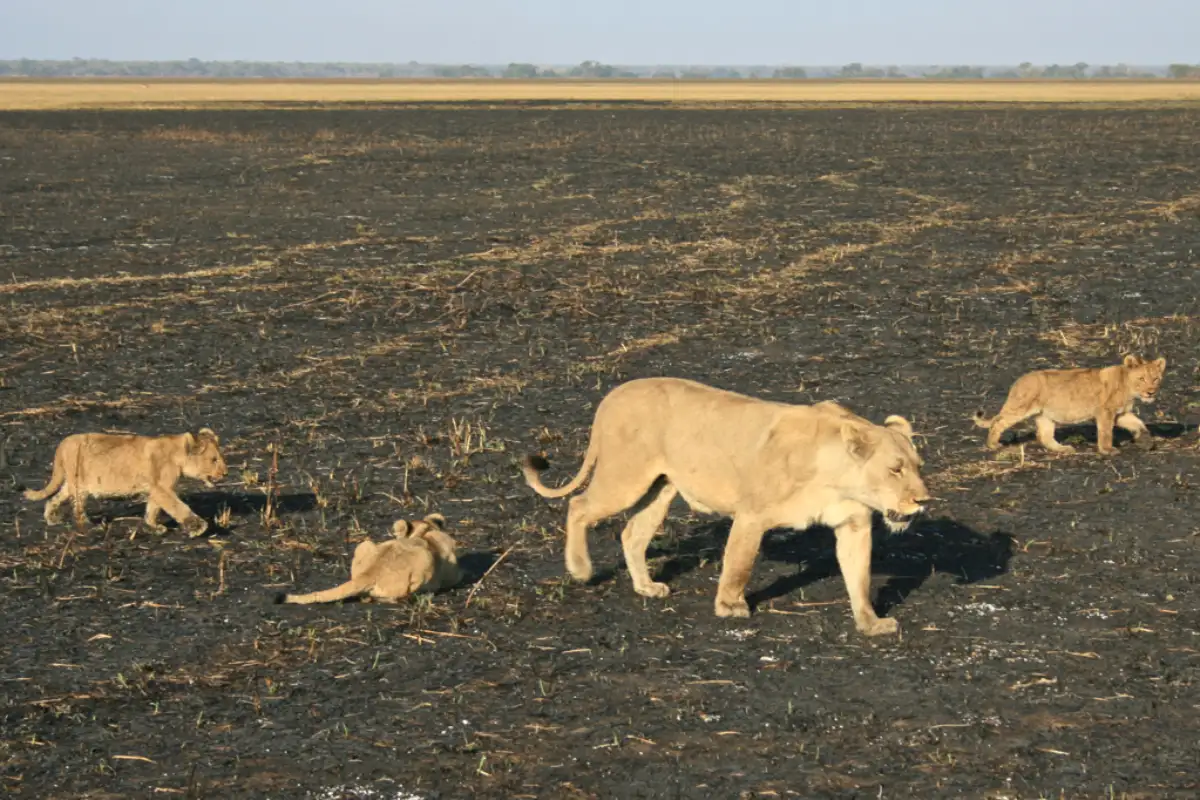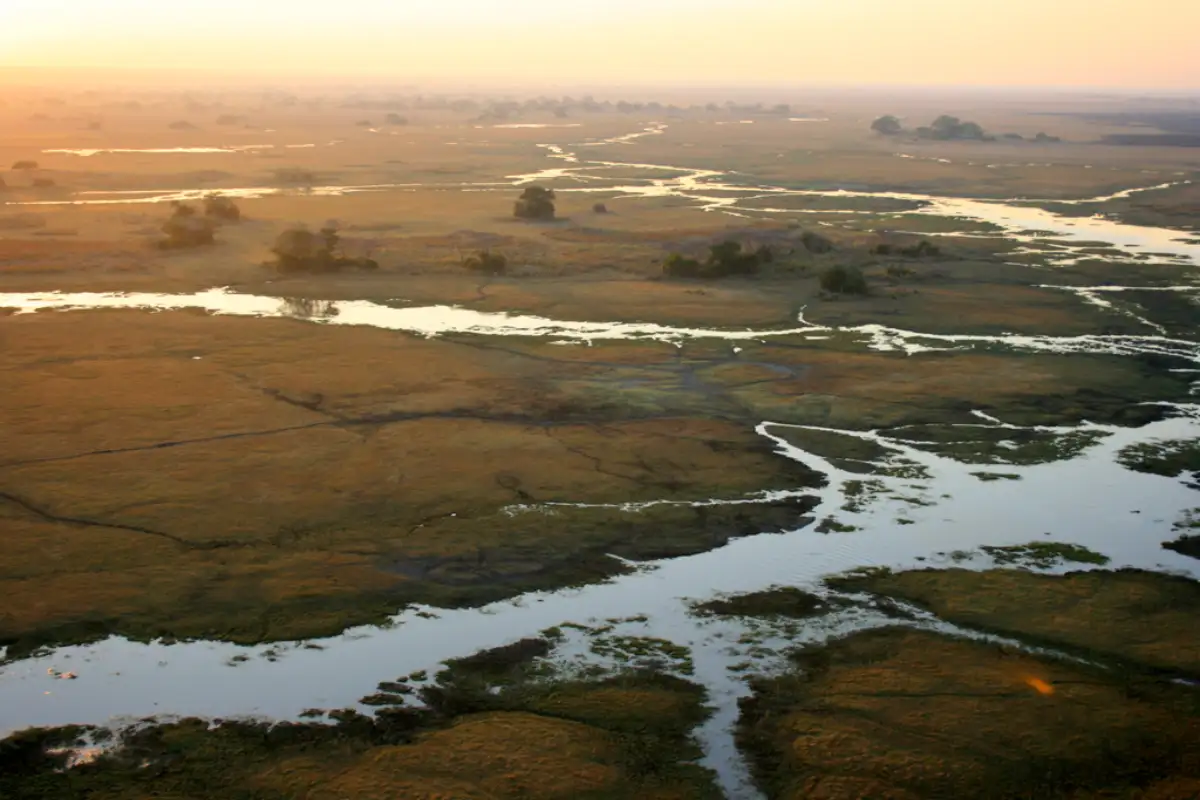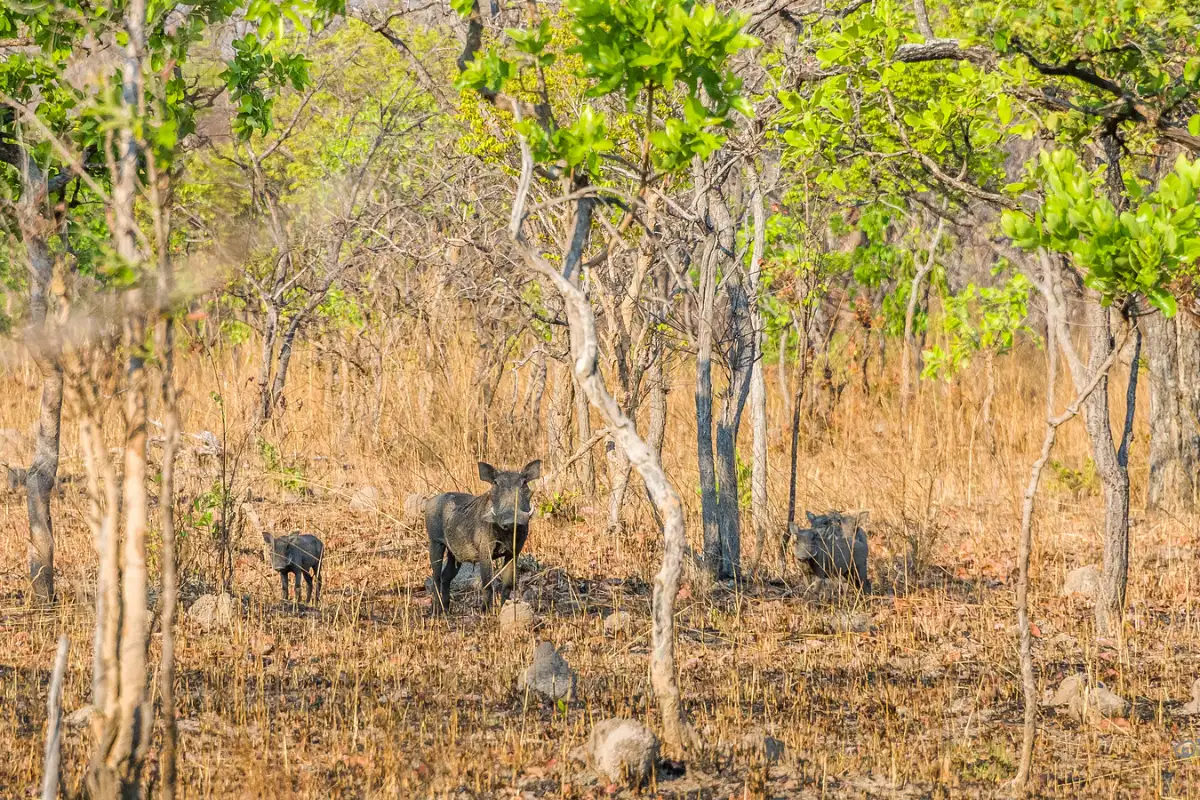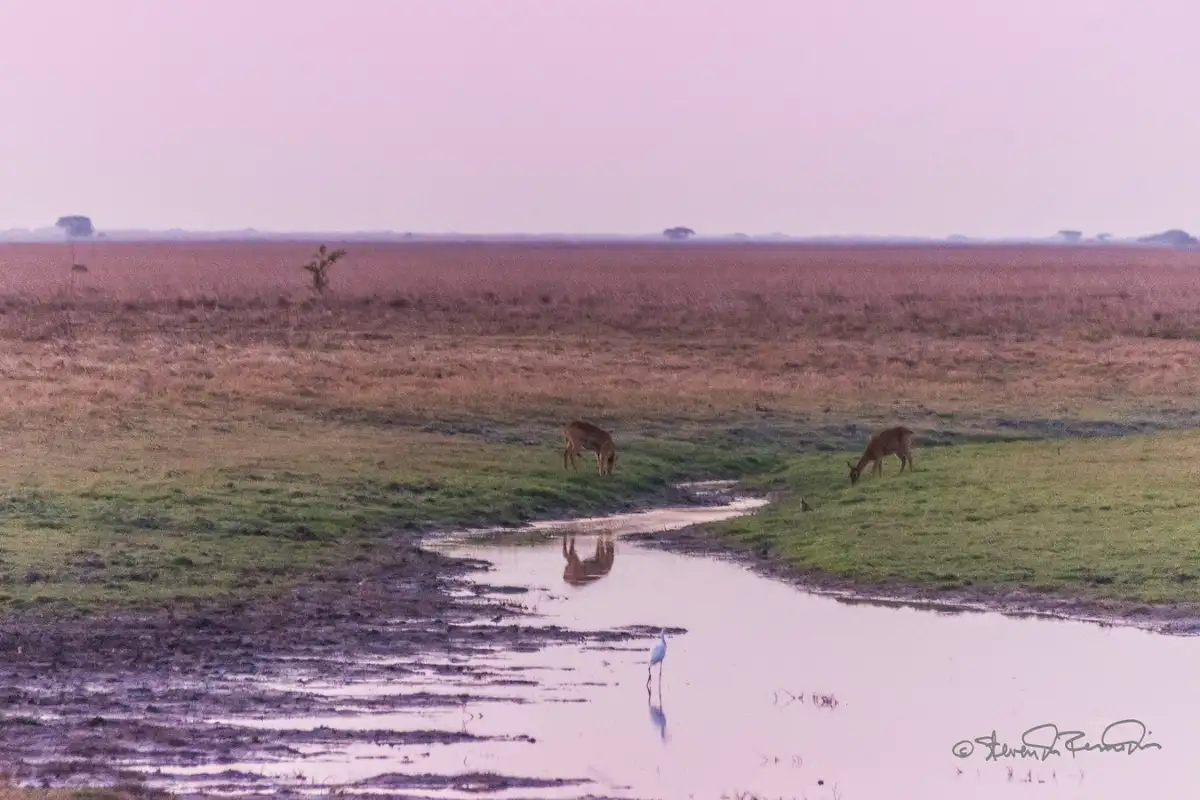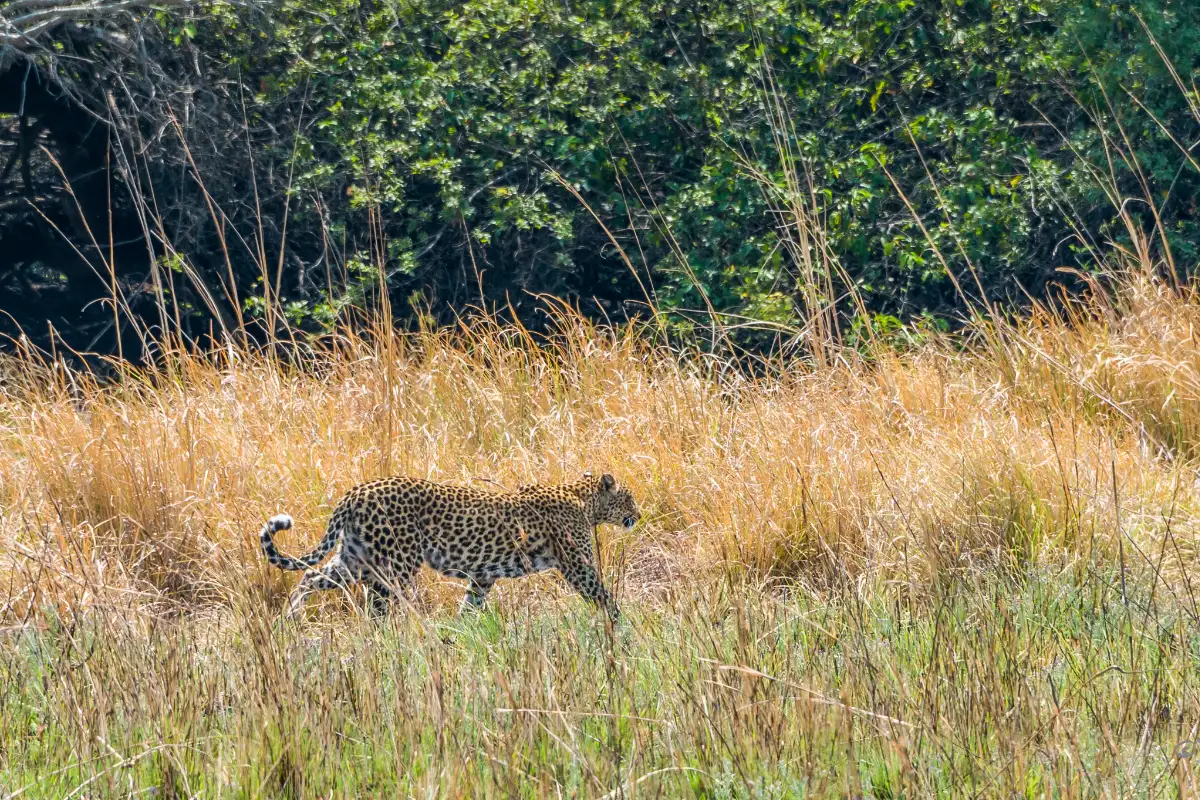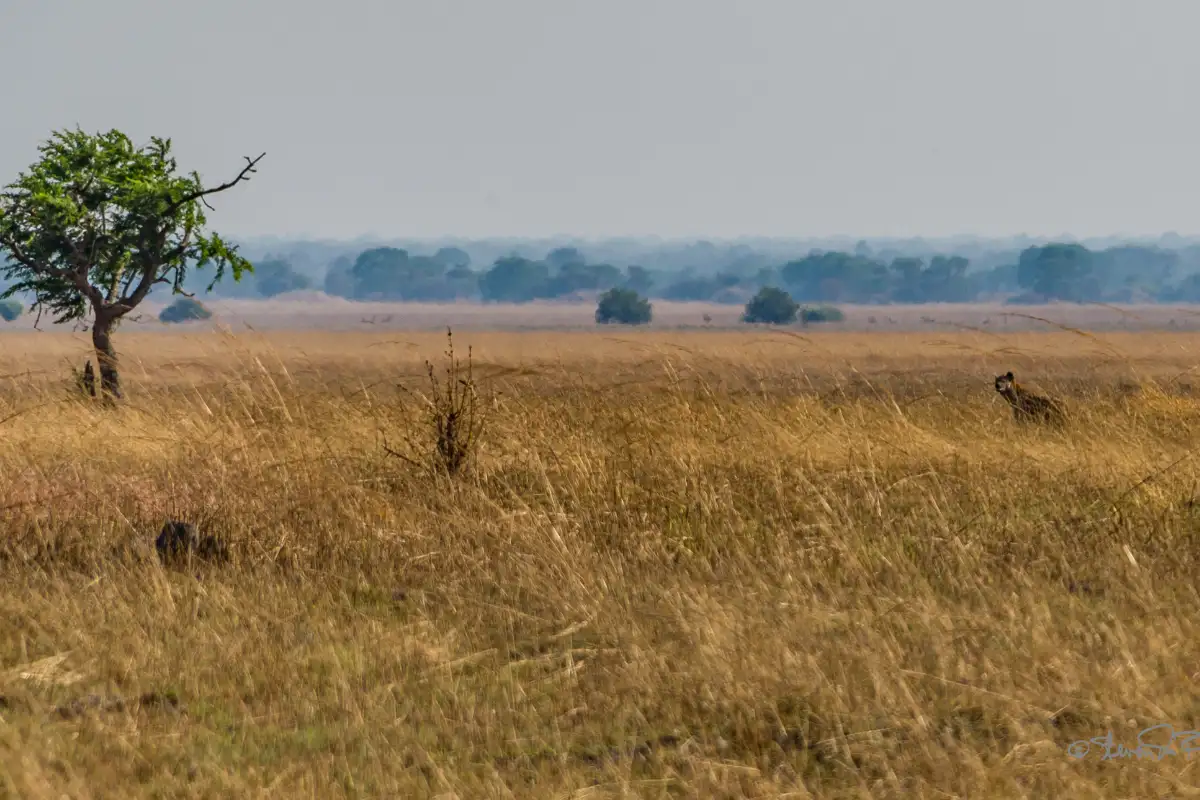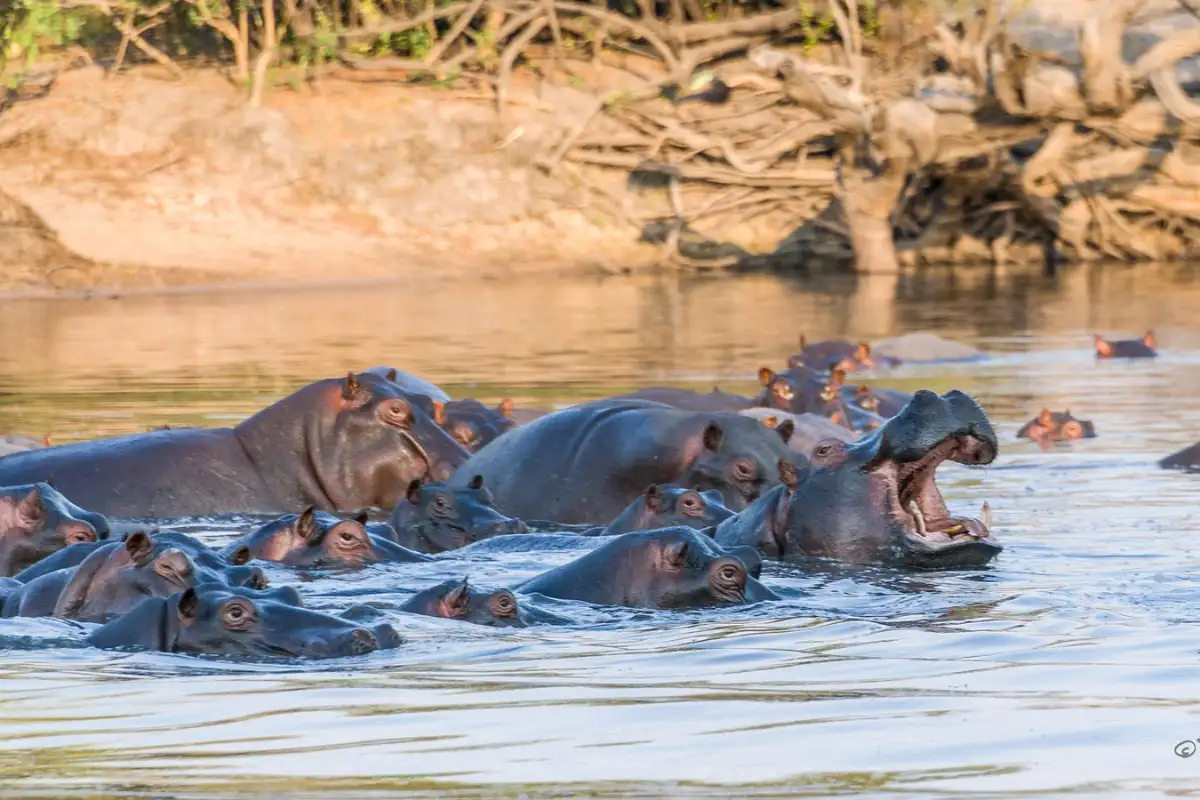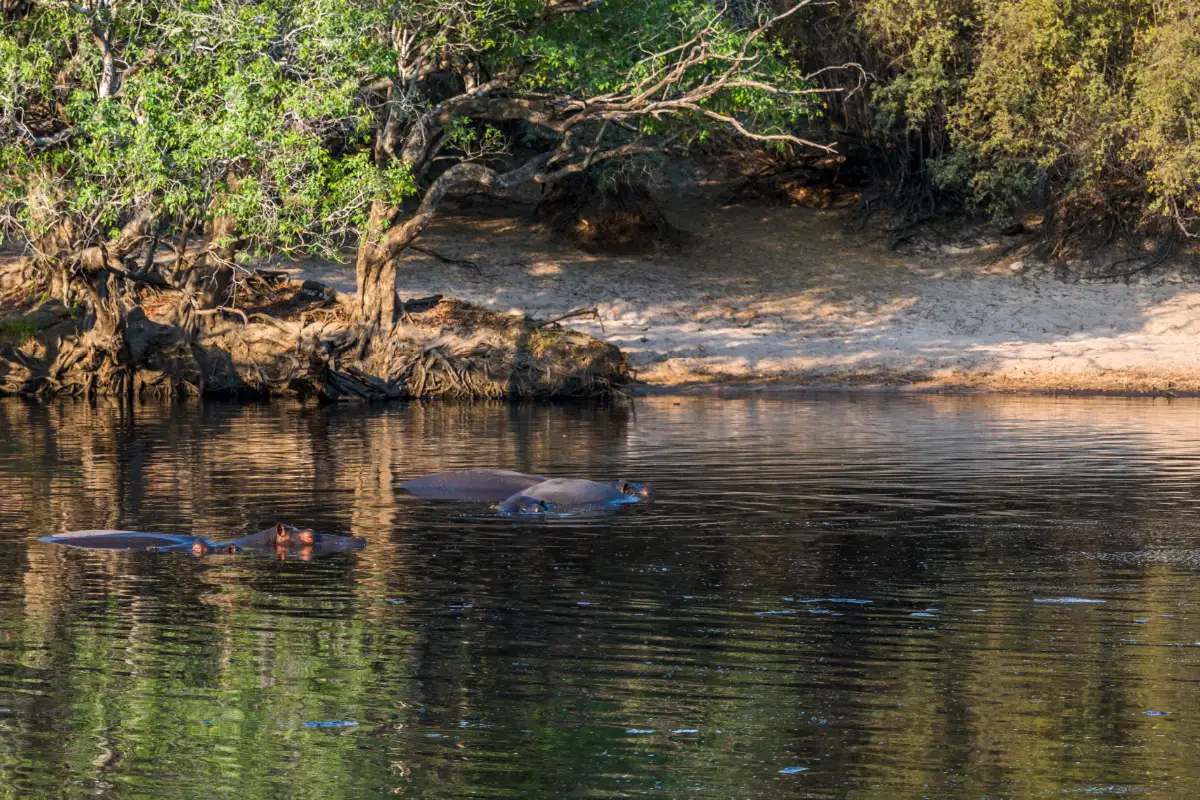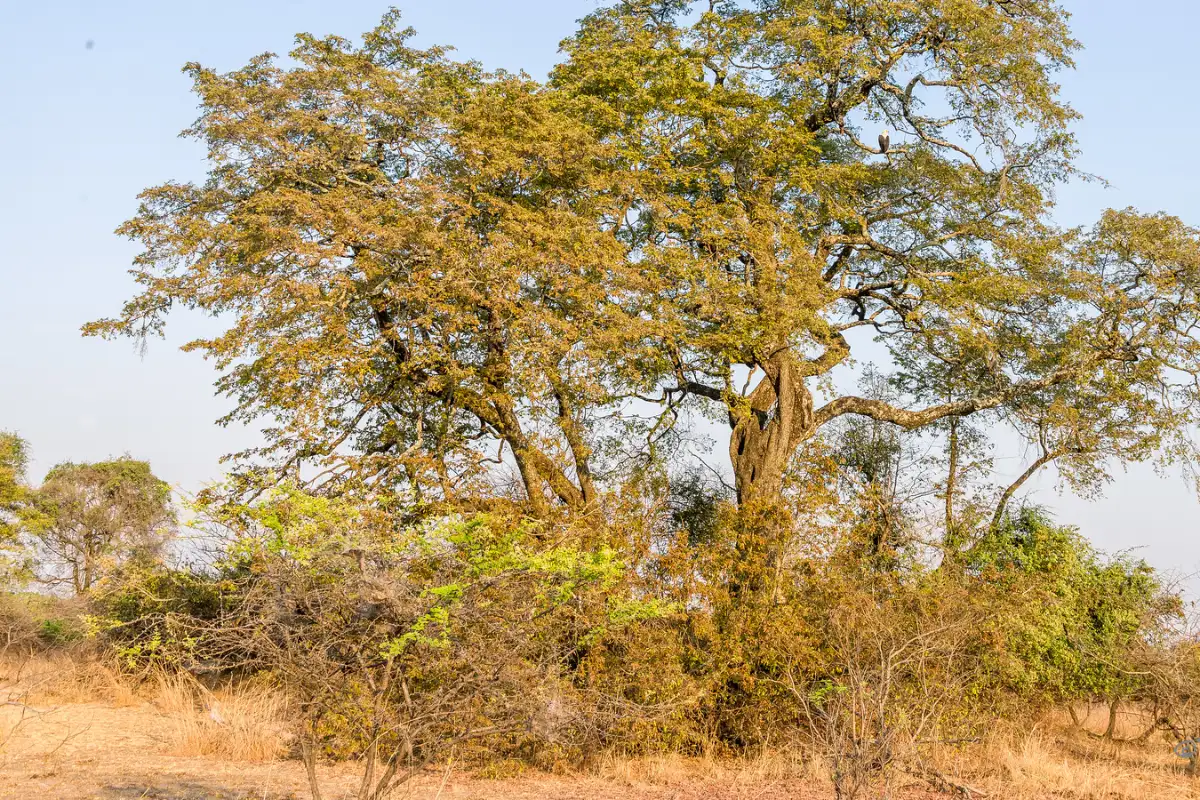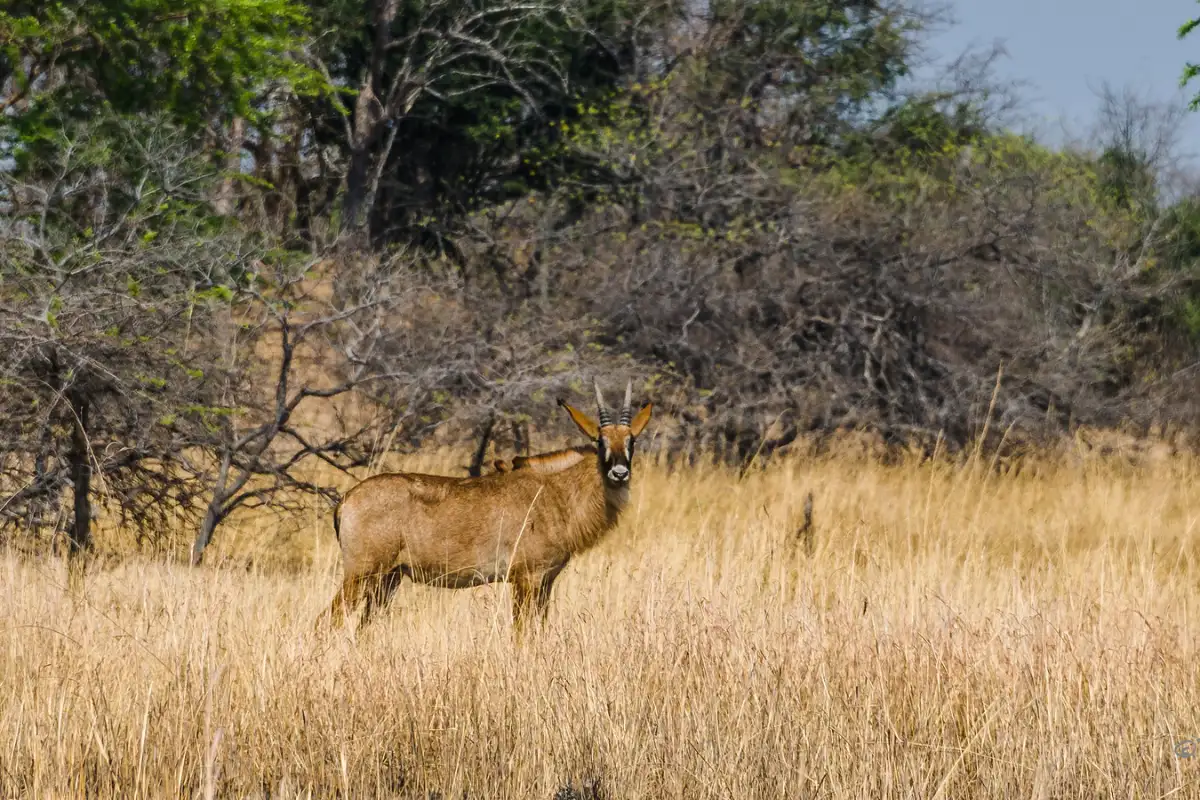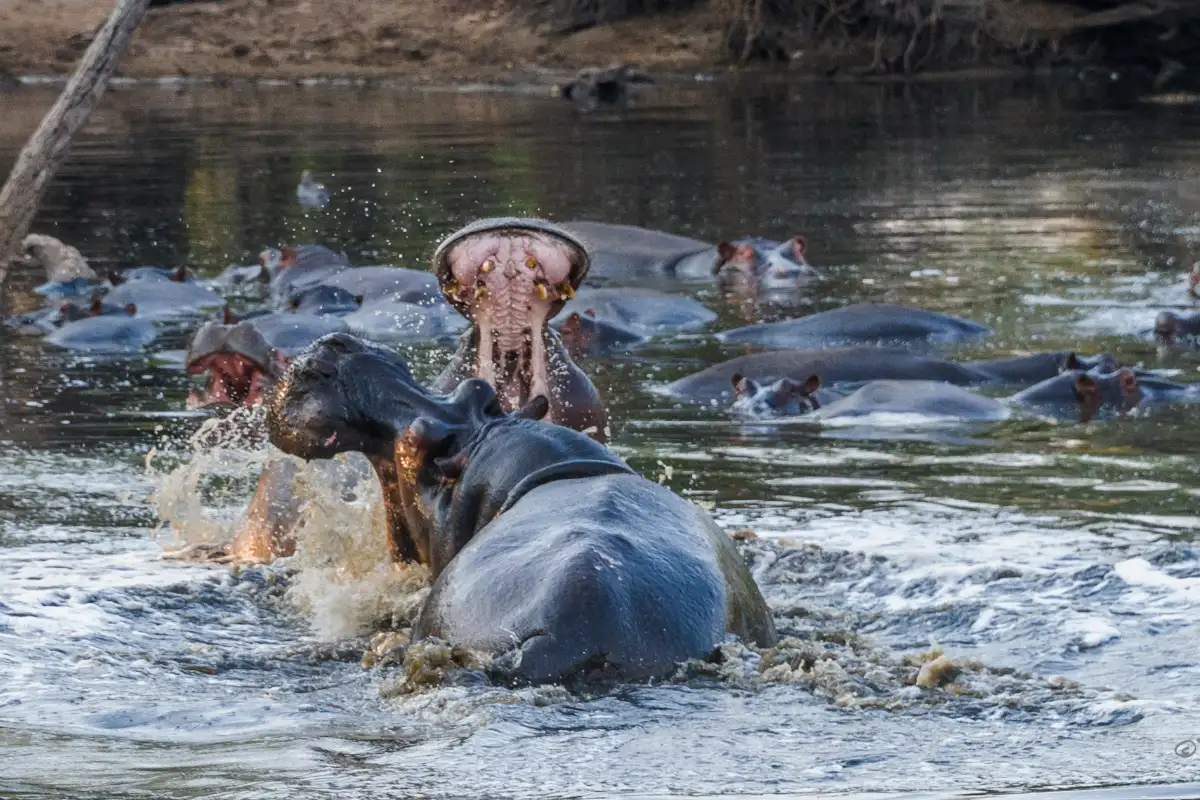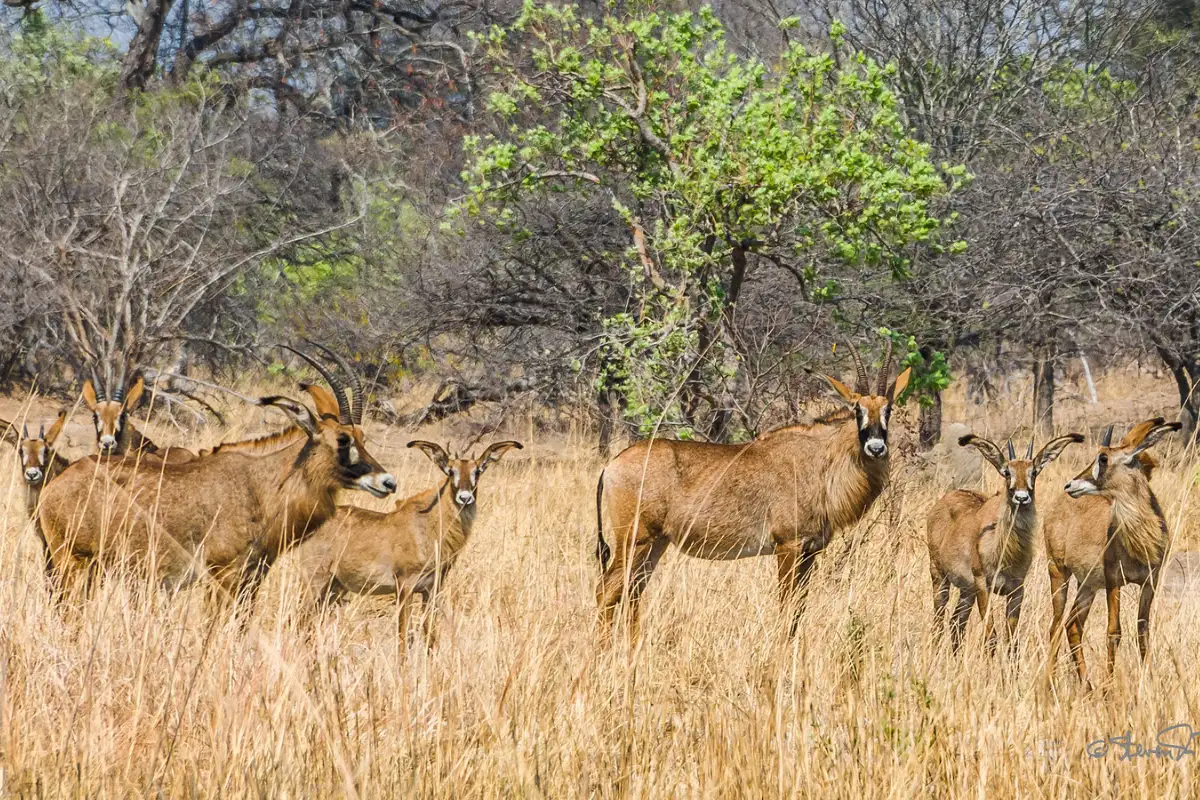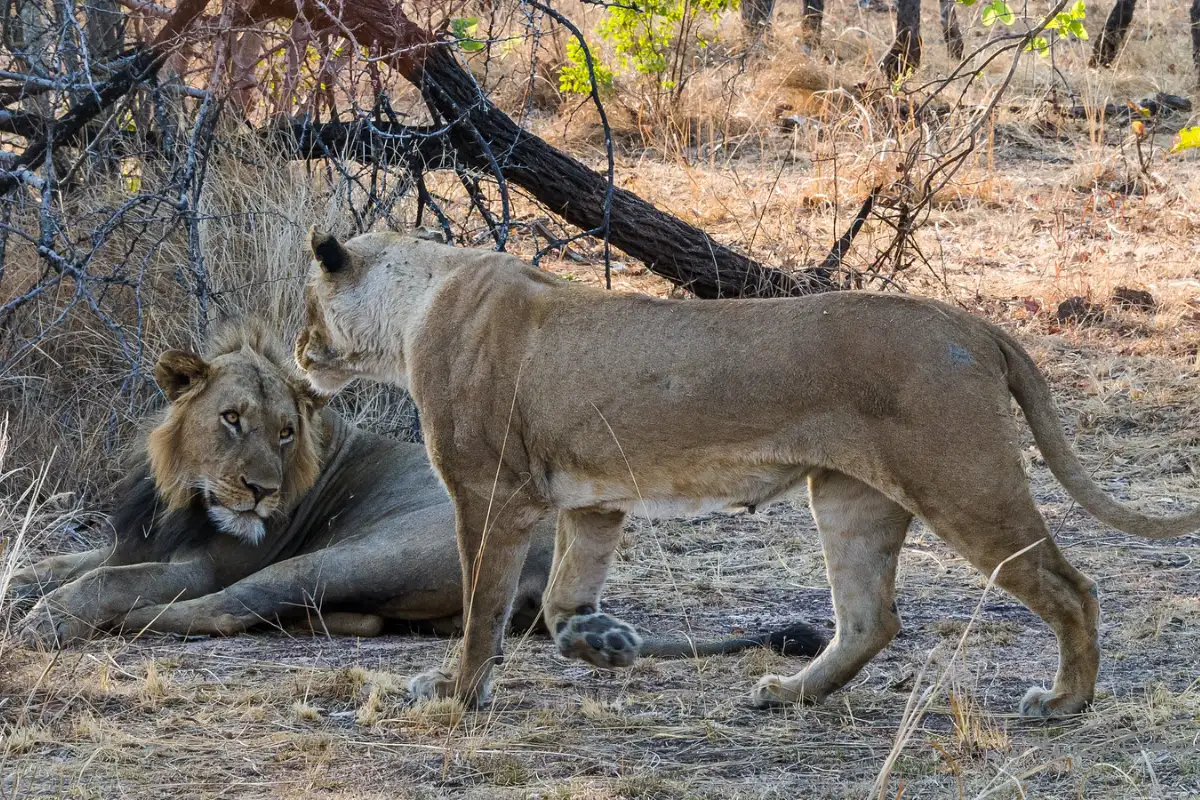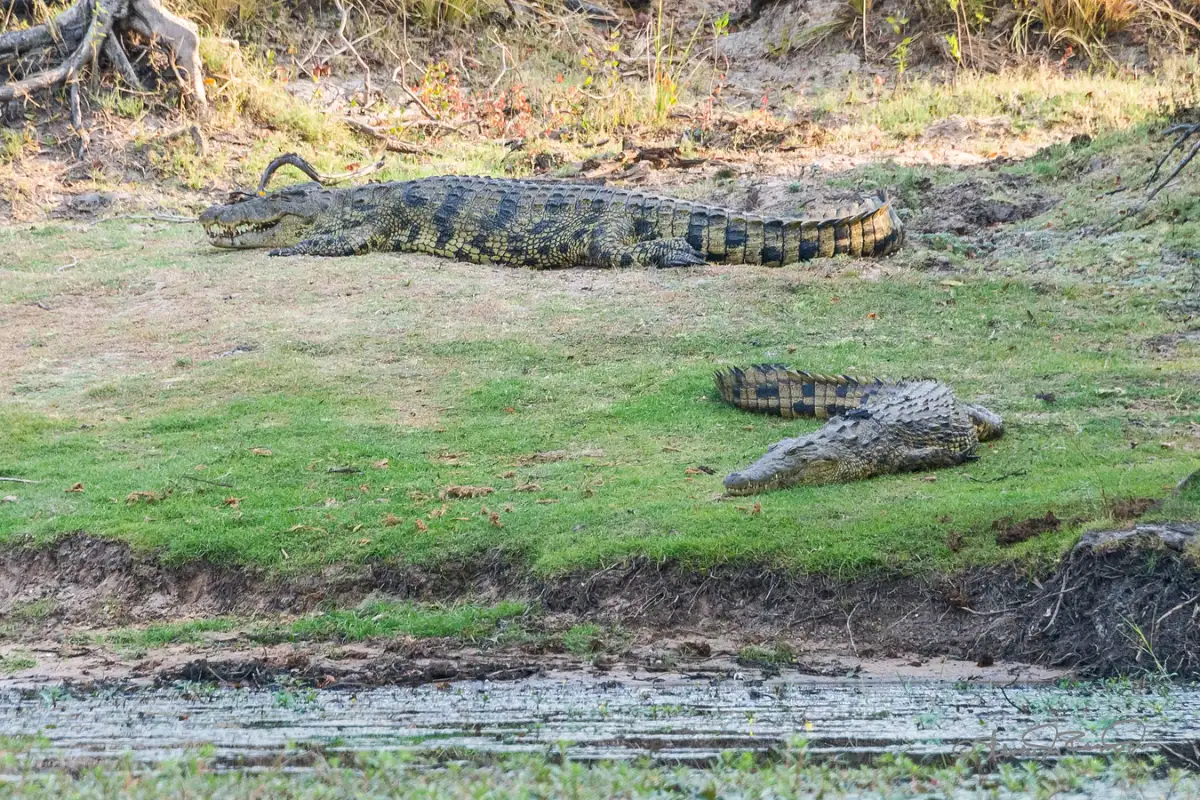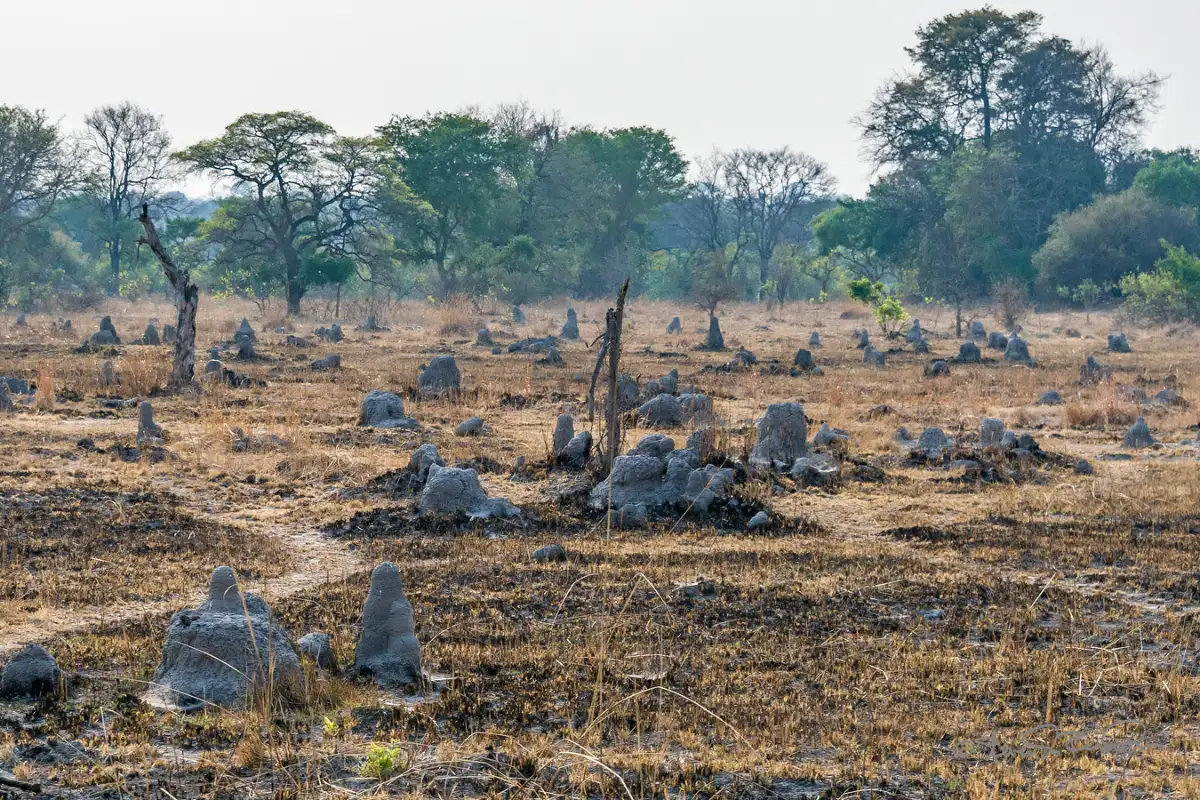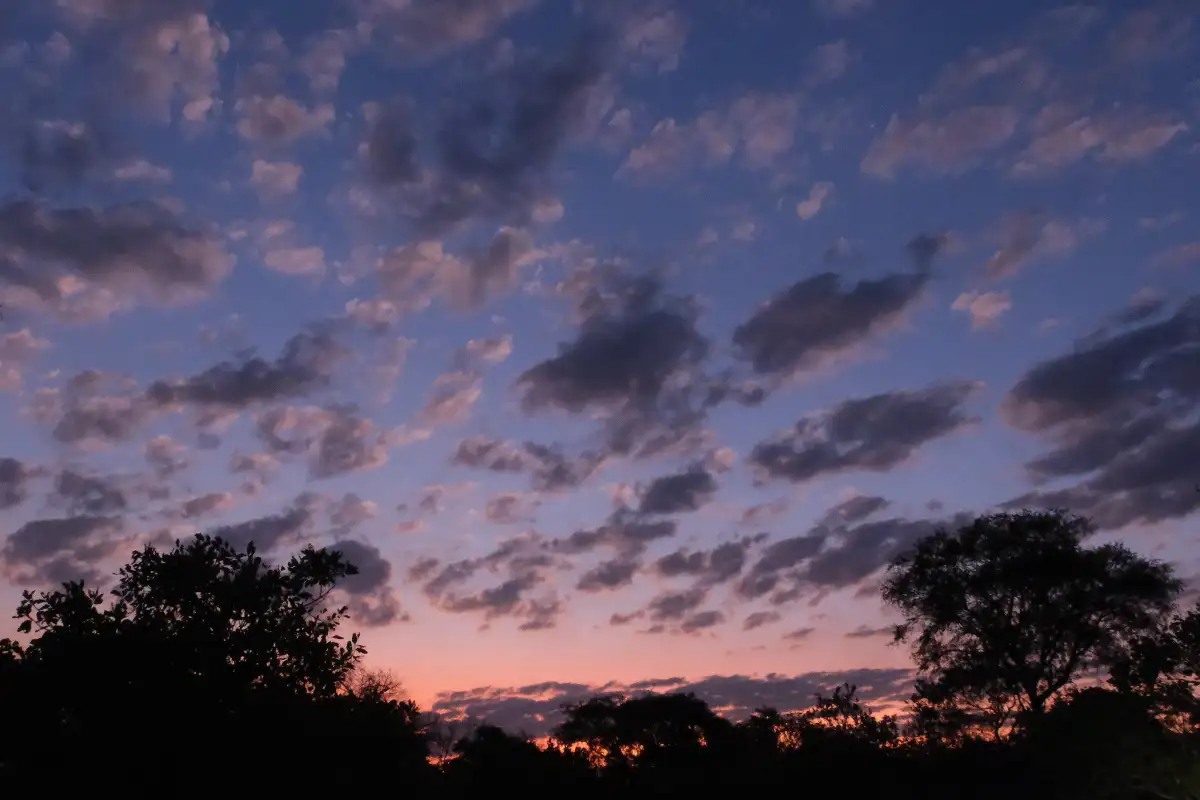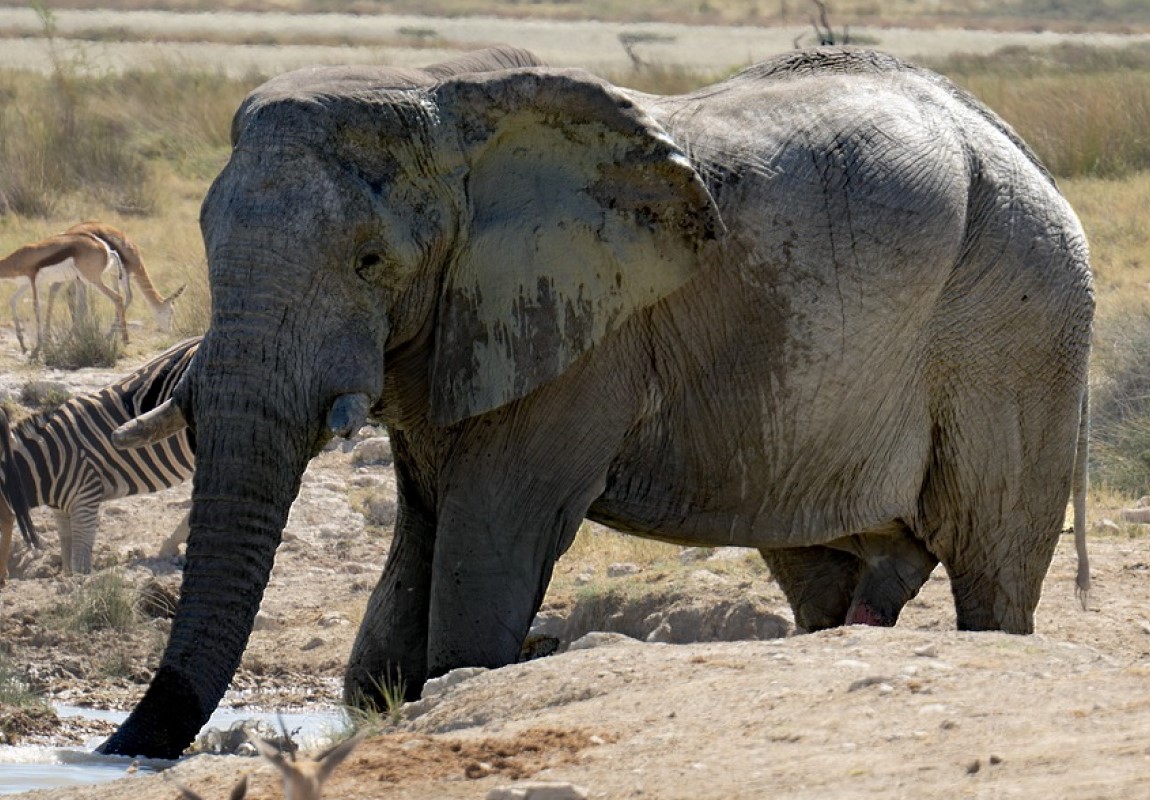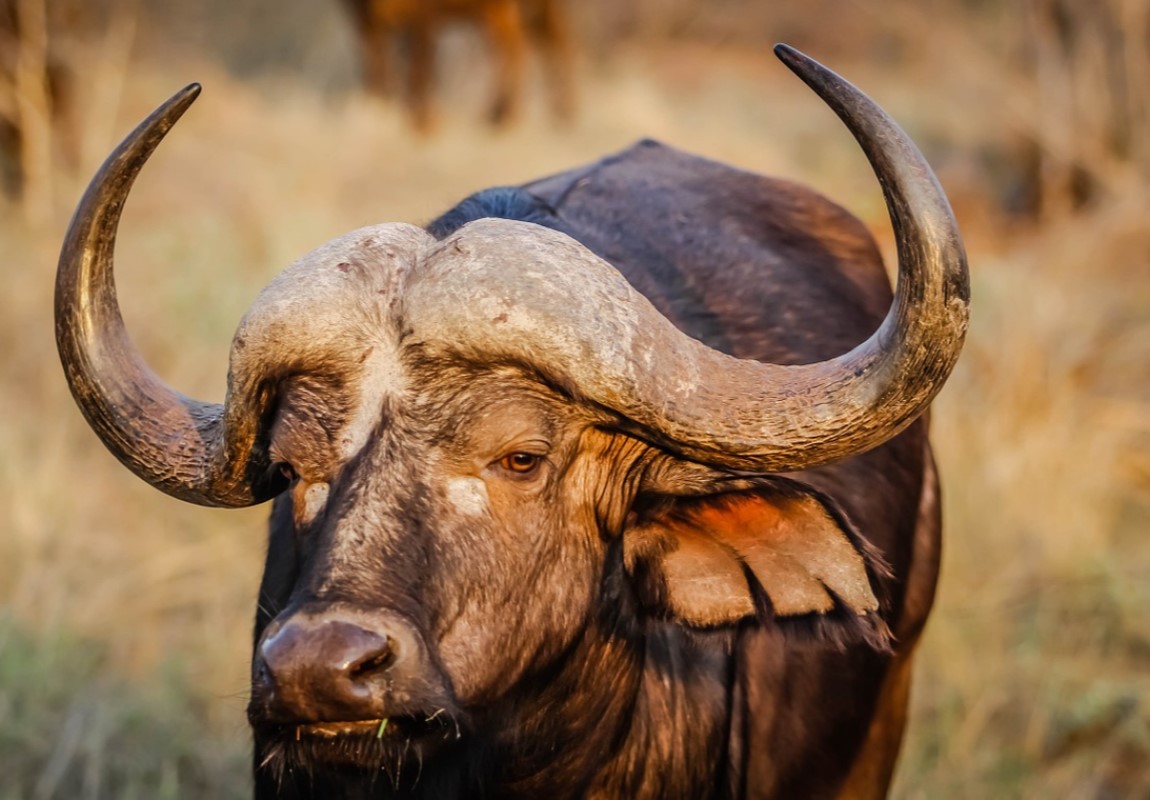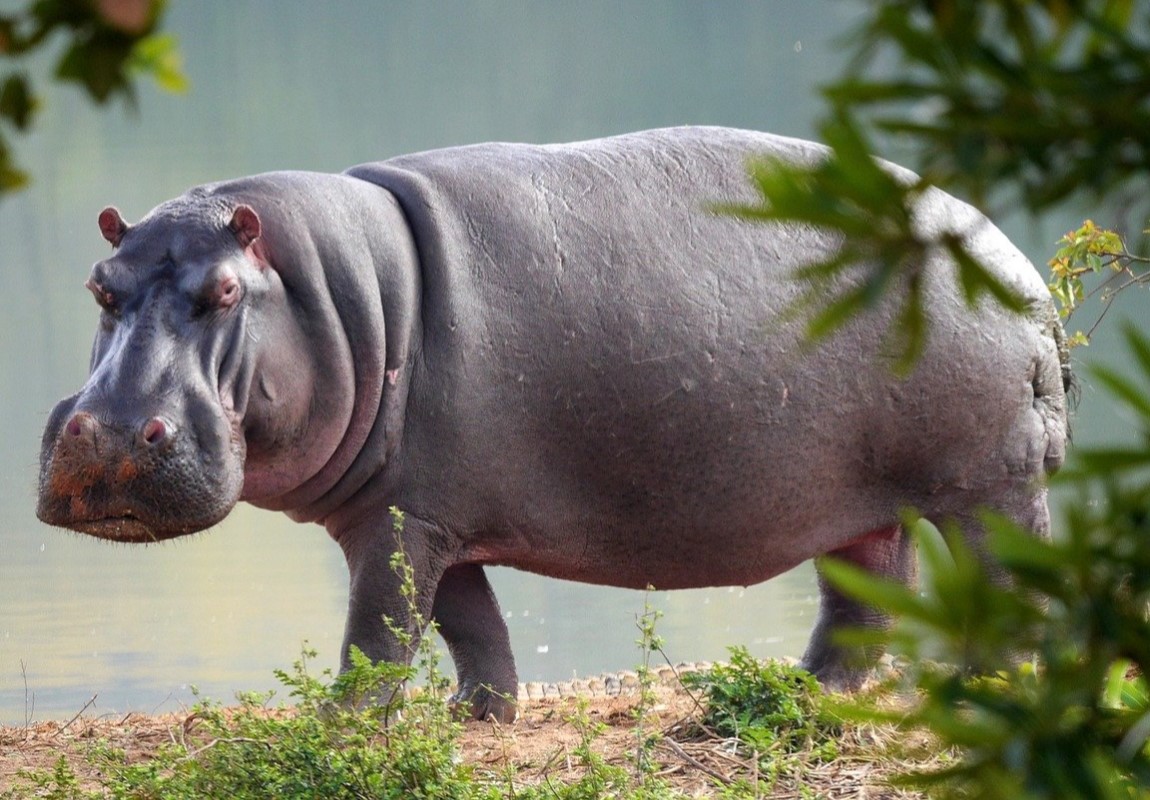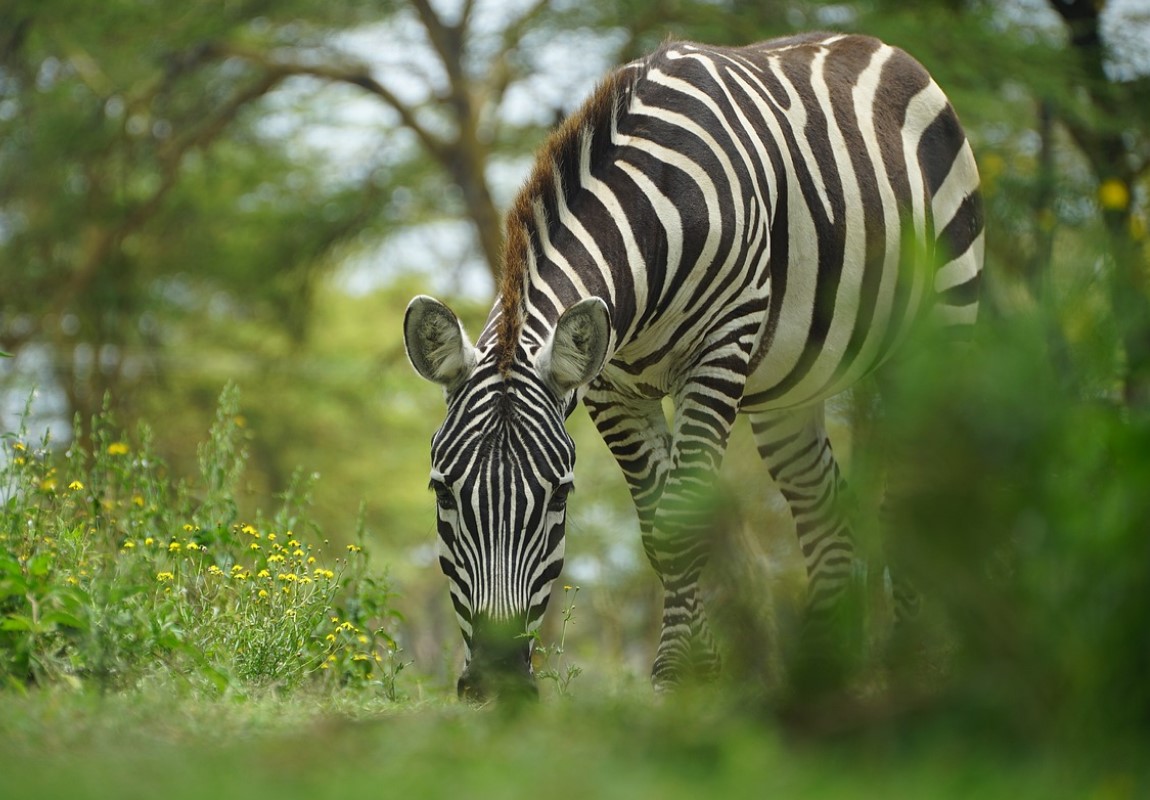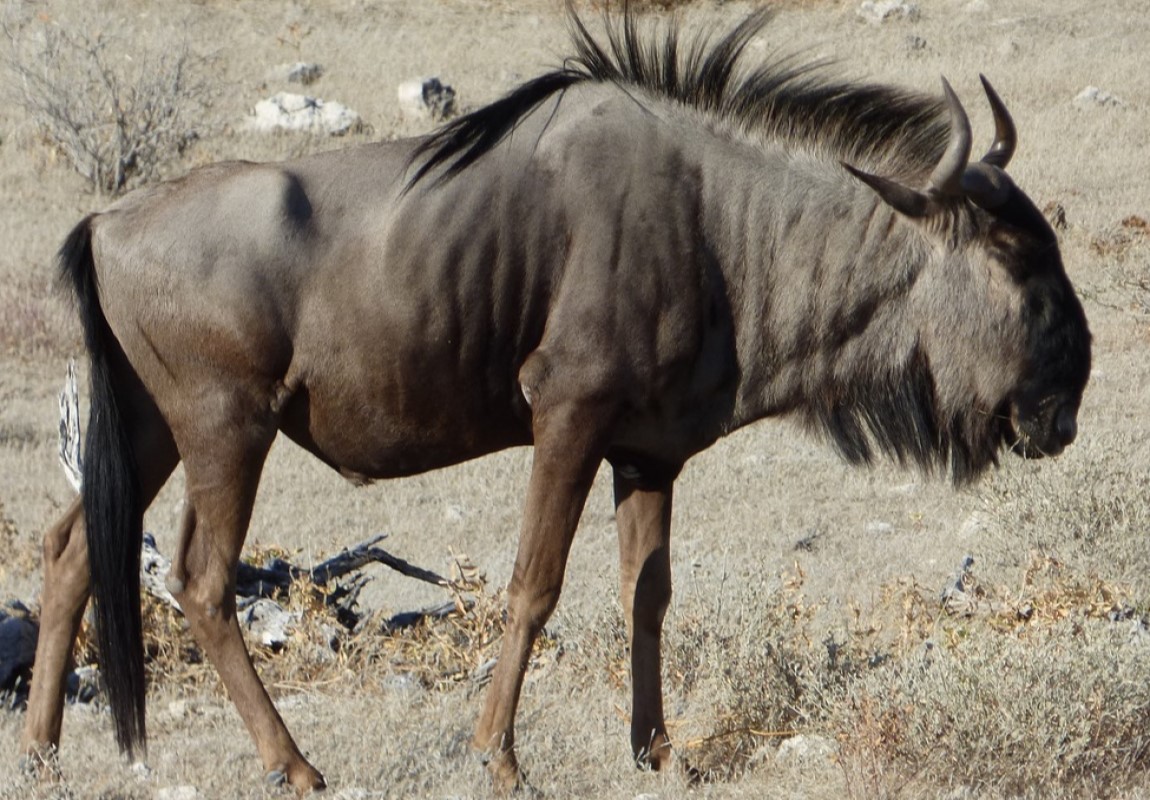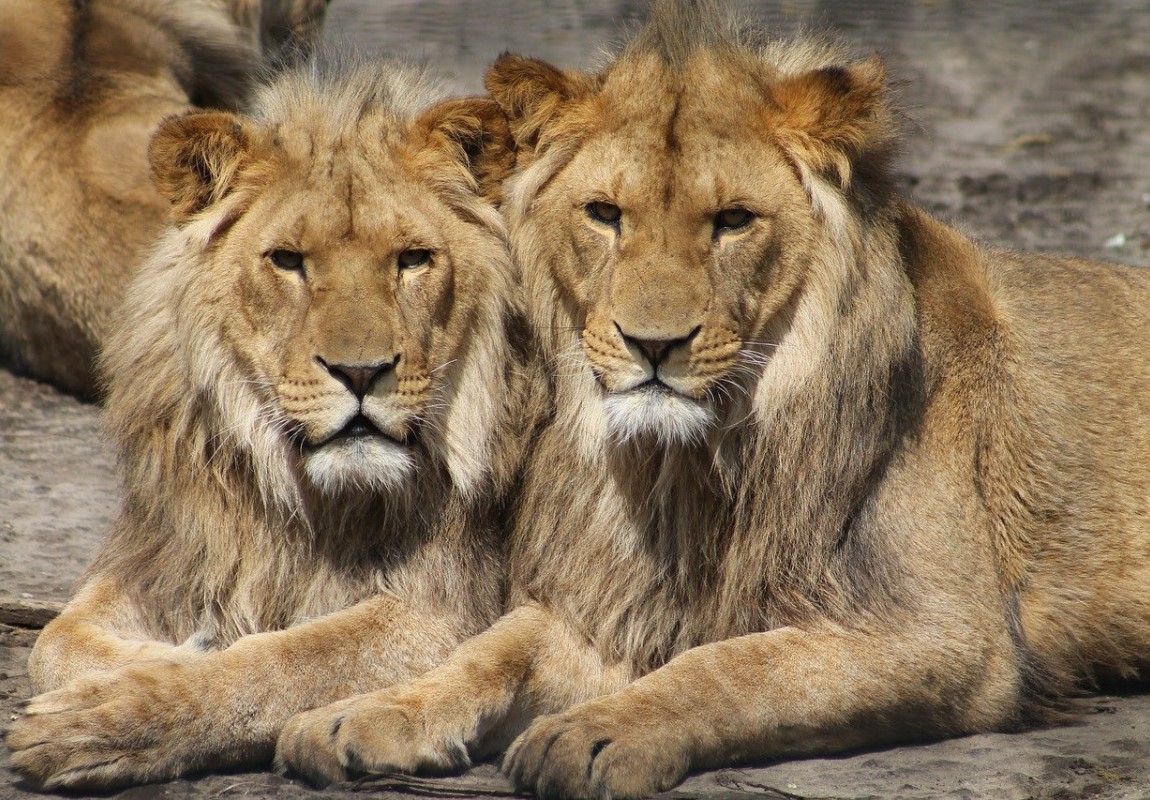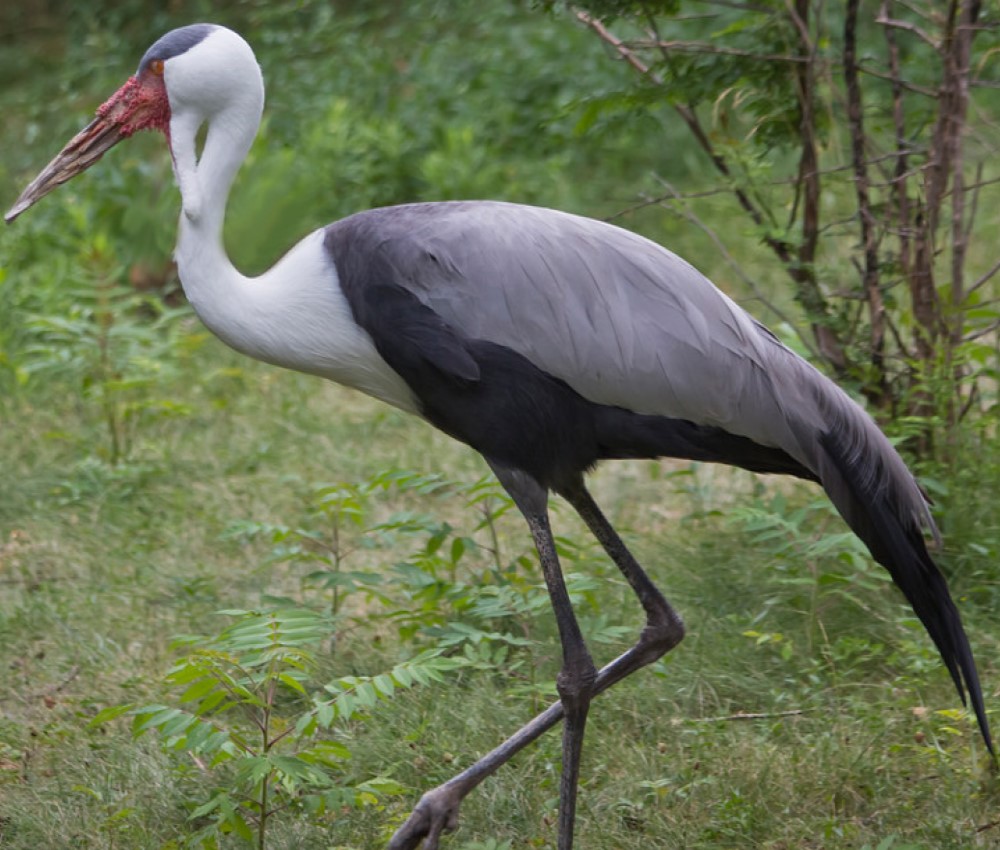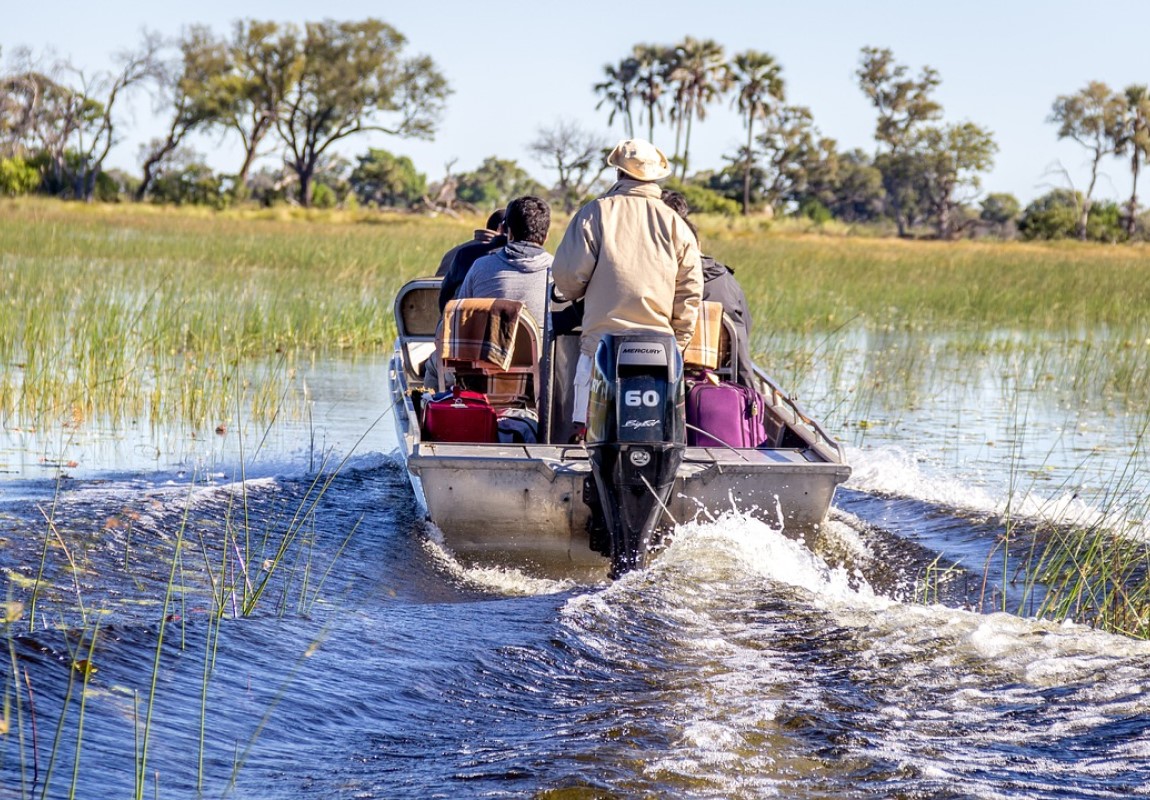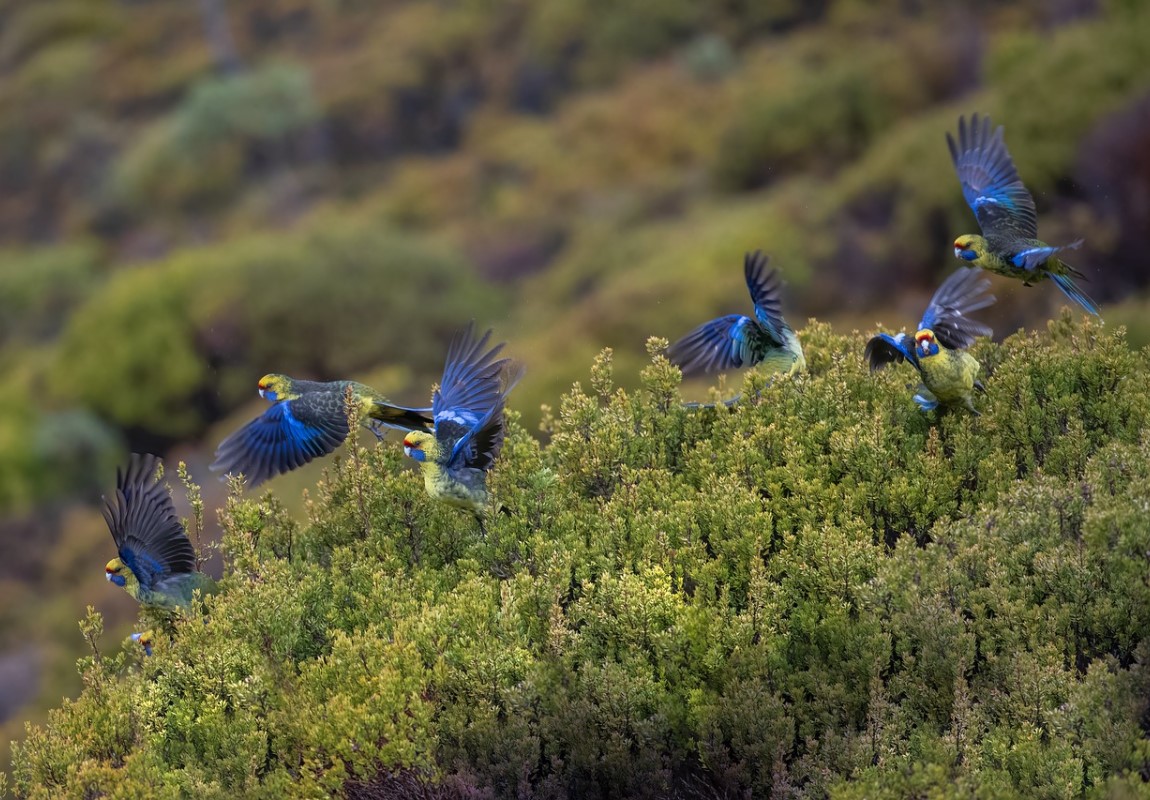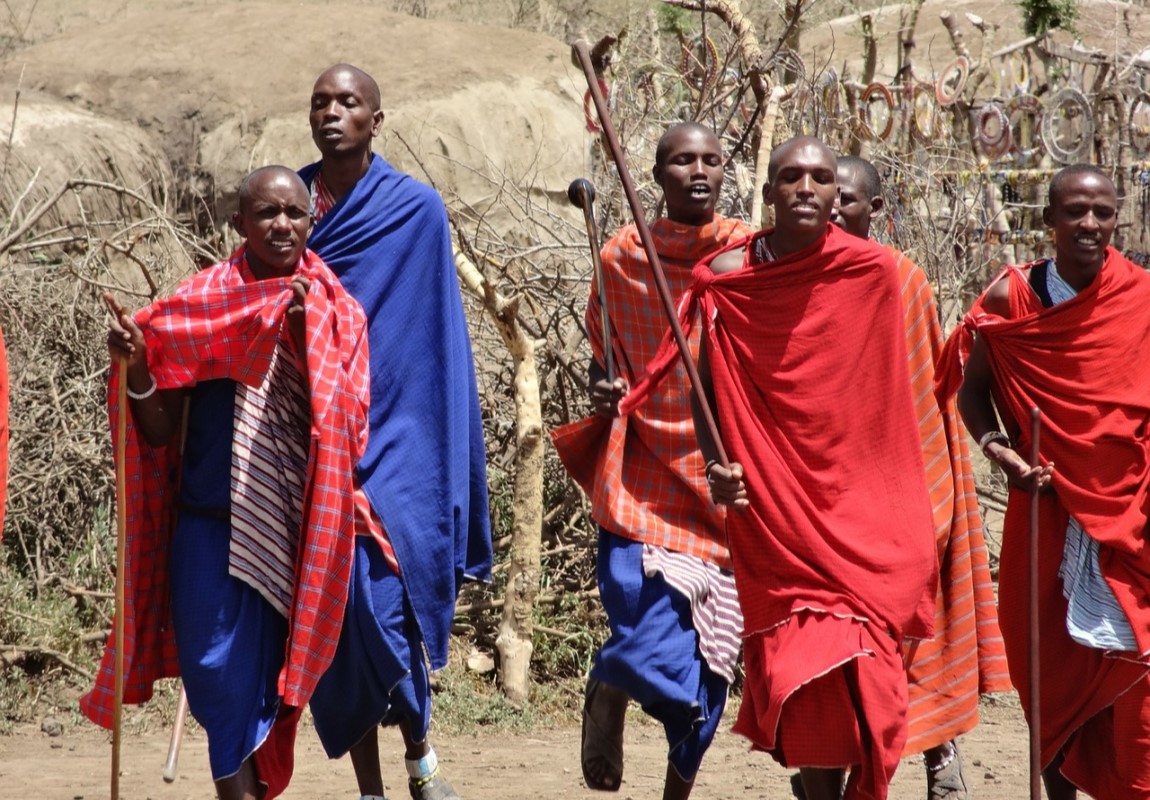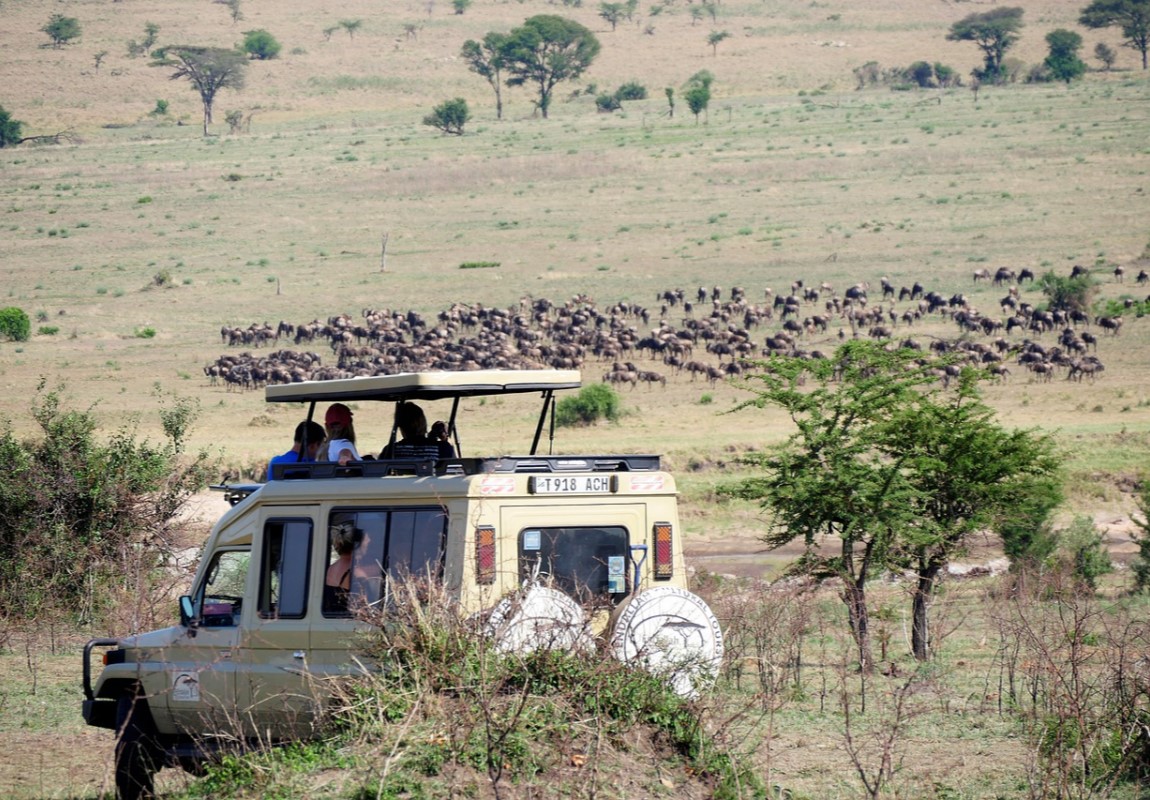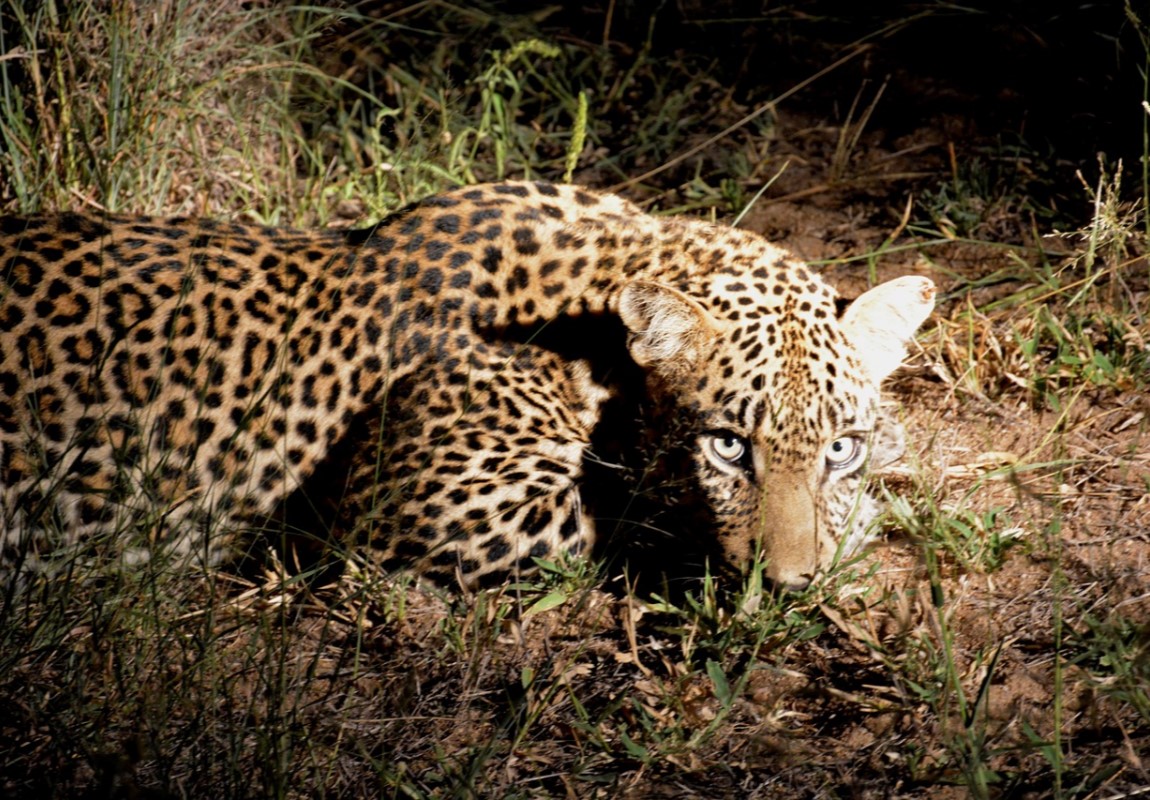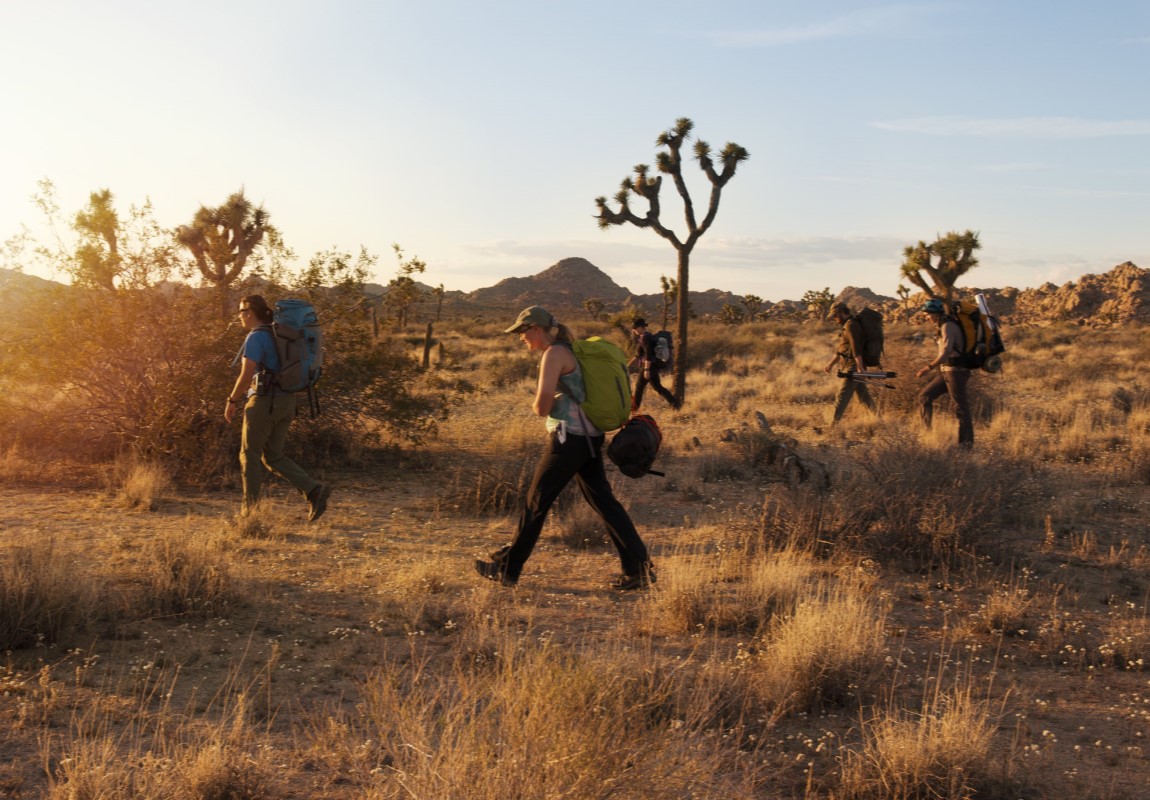Starting from
$550PP
Overview
Kafue National Park is one of the largest national parks in Africa and the oldest park in Zambia. While Livingstone International Airport is nearer to the park's southern region, Zambia's capital of Lusaka is more accessible to its northern region. Guided safaris in Kafue begin from any of the two dozen bush camps and hotels in the park's north area and eastern borders. The southern camps are situated close to the shores of the Kafue River. Four of the Big Five can be found, just the rhino is absent. One of the features of Kafue is its cheetah populace.
Pros & Cons
- Amazing wildlife viewing with four of the Big 5 animals except for Rhino
- Game drives, night drives and walking safaris are available
- Plenty of antelope species are available
- Remote area hence so much to explore
- The sky is hazy with a lot of dust in the air in Dry season
- Budget accommodations are available outside the park
- Difficult to spot Elephant sometimes
Map in Zambia
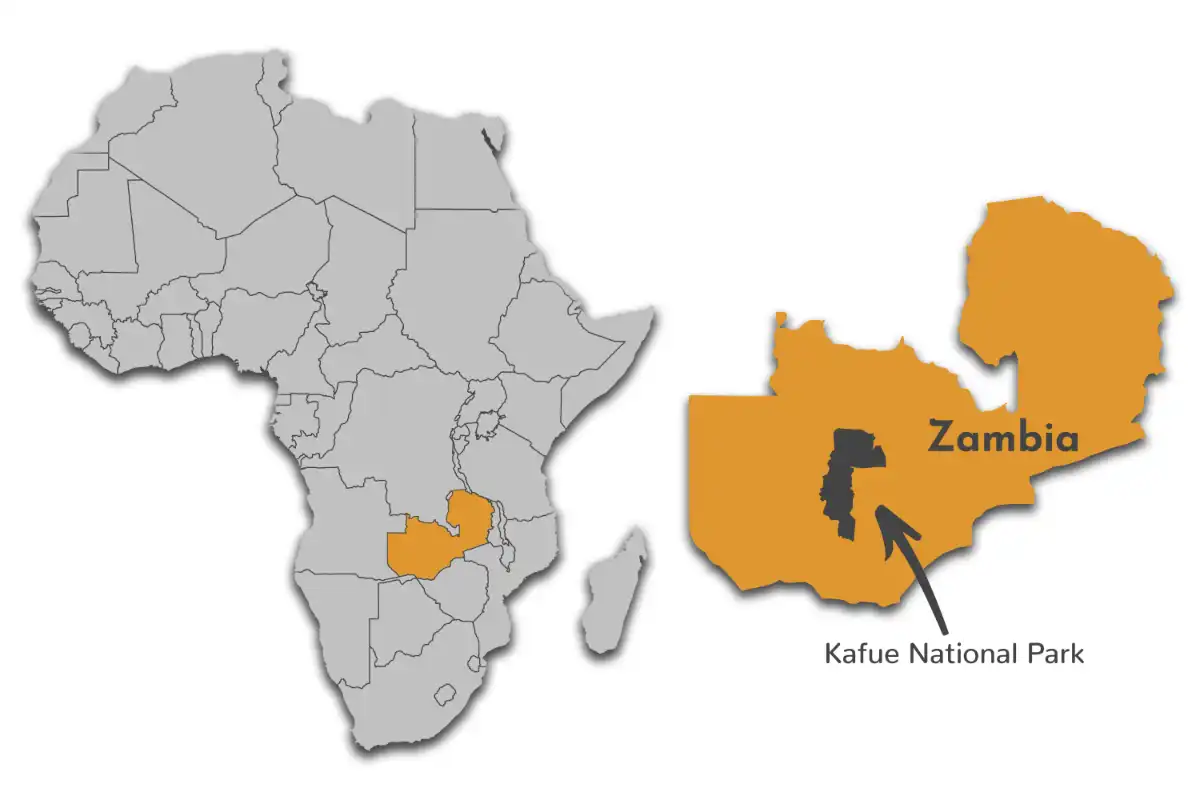
Want to Visit Kafue National Park?
Gallery Images
Explore the stunning beauty of Kafue National Park through our curated collection of photographs showcasing its landscapes, wildlife, and natural wonders.
Want to Visit Kafue National Park?
Wildlife & Animals
Kafue National park is one of the best places in Africa to find leopards. In certain areas, these secretive and elusive predators are frequently seen, especially on night drives and even in afternoon boat cruises along the Kafue River. Cheetah is found throughout the Kafue, from Nanzhila in the south to the Busanga in the north. Kafue has the largest population of African wild dogs compared to any other national park in Africa. The Kafue River and its tributaries themselves are a hive of activity and home to pods of hippos and some of the largest crocodiles in southern Africa. It is not uncommon to watch elephants frolicking in the water and swimming from bank to bank.
Wildlife Highlights
The Kafue is home to more species of ungulate than any national park south of the Congo Basin. Rare and subtle antelope, for example, the blue and yellow-backed duiker happen in the bushes, sitatunga and lechwe in the swamps, and roan, sable and hartebeest in the miombo forests, thus numerous different types of well-evolved mammals.
Best Time for Wildlife Viewing
The best time to visit the Kafue National park is in the Dry season from July to November when water is inadequate and animals gather to drink. At this time the vegetation is also thinner making sightings easier.
Want to Visit Kafue National Park?
Birds
The Kafue is a birder's heaven. Because of the exceptional cluster of habitat types, the plenty of bird species the Kafue houses remains at more than 500 recorded species, generally as much as the entire of Europe. With beyond any reasonable amount to compose here, some great ticks in the Kafue are the following: Pel’s Fishing Owl, Black-cheeked Lovebird, Chaplin’s Barbet (Zambia’s only endemic bird), Wattled and Crowned Crane, African Fin-foot, Bohm’s Bee-eaters. The most sought-after are the localized Black-cheeked lovebird, which is quite easily seen in the south of the park, and Zambia’s only endemic, the elusive Chaplin’s barbet. Migrants are present from November to April.
Best Time for Birding
Kafue offers a great birding experience throughout the year. However, the best time to visit is during the wet season from November to April. It is also the time when migratory birds are available and a lot of birds can be seen in breeding plumage.
Want to Visit Kafue National Park?
Best Time to Visit – Kafue National Park
The best time to visit the Kafue National park is in the Dry season from July to November when water is inadequate and animals gather to drink. At this time the vegetation is also thinner making sightings easier.
May to October (Dry Season)
- Animals are easier to spot as they congregate near freshwater sources
- It is sunny, and there is little rain
- Fewer mosquitoes and less chance of catching malaria
- Busanga Plains can be only accessed in the Dry season
- Warm clothes are recommended for the early morning & night chill weather
- The sky is hazy with a lot of dust in the air
- The weather is extremely hot in October
- Due to heavy crowd from July to October, lodges might charge high season rates
November to April (Wet Season)
- Birding is best as migratory birds are present
- Low season rates are applied due to less crowd
- Plenty of baby animals that attract predators
- The scenery is beautiful and at its most lush also known as 'Emerald Season'
- Less wildlife viewing options
- Extreme Hot and Humid climate
- Roads become impassable and difficult to drive
- Many lodges are closed from December to March and the Busanga area is off-limits
- Afternoon Rains can create challenges in planned activities
Want to Visit Kafue National Park?
Activities
Explore popular activities available in and around Kafue National Park.
Want to Visit Kafue National Park?
No FAQs available for this park yet.

 English
English French
French
